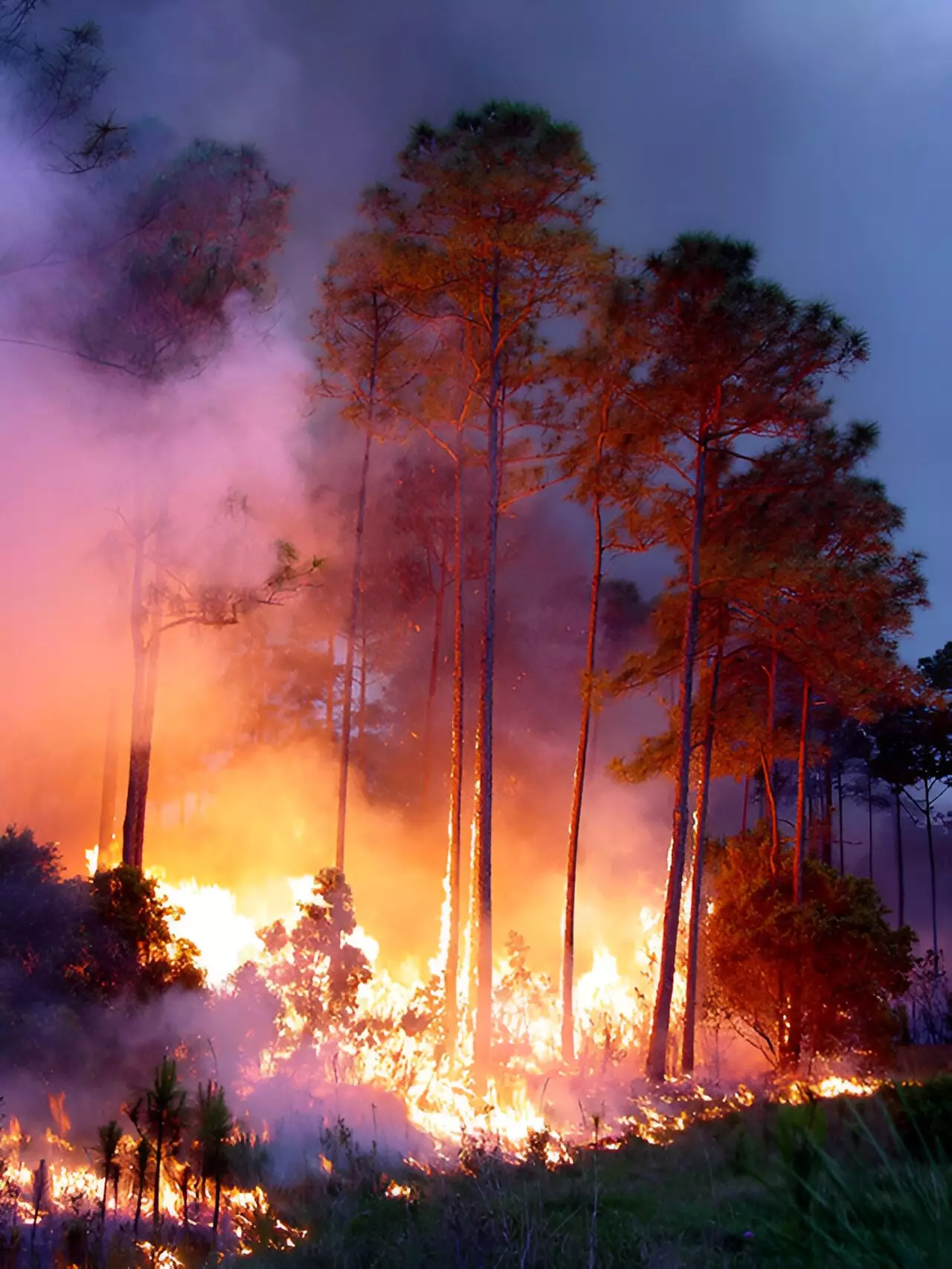Large wildfires in California are not only detrimental due to their immediate impact on the environment and communities, but they also have a lasting effect on the climate of the region. A recent study conducted by UC Riverside delves into the relationship between wildfires and climate change. While many studies focus on how climate change influences wildfires, this particular study led by UCR doctoral candidate James Gomez seeks to understand the reverse – how wildfires are changing the climate in California.
Gomez’s research involved analyzing peak fire days and emissions from the past two decades of fire seasons in California. He specifically looked at a subset of fire days that occurred during cooler temperatures and higher humidity to isolate the impact of wildfires on the weather. By comparing these abnormally cool or wet days with and without fires, Gomez aimed to uncover the true effects of large wildfires on the climate.
Published in the journal Atmospheric Chemistry and Physics, the study concluded that large wildfires indeed play a significant role in altering the weather patterns in California. On days when these fires were burning, the temperatures were about 1 degree Celsius warmer than usual. This increase in temperature can be attributed to the trapping of heat by the soot emitted from the wildfires. Moreover, the extra heat reduces humidity in the atmosphere, making it challenging for clouds to form.
The study highlighted the impact of aerosols, particularly black carbon, emitted from wildfires. Black carbon is an absorbing aerosol that not only directly raises temperatures but also hinders cloud formation and precipitation. This phenomenon leads to drier conditions, which can exacerbate the wildfire situation in the region. The absence of clouds means less precipitation, posing a threat to states already prone to droughts.
The research emphasized the importance of addressing the broader implications of large wildfires on climate change. While sulfate aerosols, produced by fossil fuel burning, have a cooling effect on the environment, their reduction due to improved air quality can inadvertently worsen climate change and contribute to more frequent wildfires. It is essential to strike a balance between reducing cooling aerosols and curbing greenhouse gas emissions to prevent further damage to the climate.
Gomez remains optimistic about potential solutions to mitigate the impact of large wildfires in California. He suggests a combination of reducing CO2 emissions and implementing better land management practices, such as more frequent controlled burns, to lessen the risk of catastrophic wildfires. By managing vegetation growth and reducing the fuel available for fires, the state can potentially decrease the occurrence of large wildfires and protect the environment.
The study highlights the intricate relationship between large wildfires and climate change in California. Understanding the impact of these fires on the weather patterns and exploring sustainable solutions is crucial for safeguarding the region’s ecosystems and communities. By taking proactive measures to address the root causes of wildfires and their effects on the climate, California can work towards a more resilient and sustainable future.


Leave a Reply